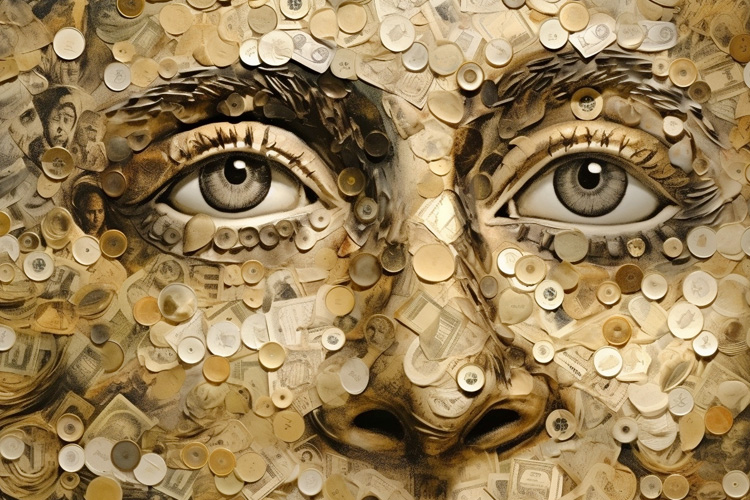What is a Style Guide?
When starting a new project, setting up a style guide should be one of the first things on your to-do list. A style guide is essentially a visual reference guide that showcases all the colors, typography, and design elements that will be used throughout the project. It serves as a roadmap for your design and development process, helping to ensure consistency and cohesiveness across all your deliverables.
Why You Need a Style Guide
Having a style guide can be incredibly beneficial for several reasons. First and foremost, it provides a visual reference for all the design elements you’ll be working with, giving you a clear idea of how everything fits together. This can help you avoid wasting time and resources on design iterations that don’t align with the overall vision for the project.
Additionally, a style guide can help ensure consistency across all the different pieces of your project, from your website to your marketing materials. This consistency can help establish your brand identity and make your project more memorable to your audience.
How to Set Up a Style Guide
Setting up a style guide is a relatively simple process. While there’s no one “right” way to do it, there are some key elements you’ll want to include. These might include:
- Typography: Choose the font(s) you’ll be using and define the sizes and weights for each element, such as headings and body text.
- Colors: Define a color palette for your project, including the different shades and tints you’ll be working with. Make sure to include both primary and secondary colors, as well as any accent colors you’ll be using.
- Design elements: This might include things like button styles, icons, and other graphical elements that will be used throughout the project.
- Branding: If you’re working on a project for a specific brand, you’ll want to include any branding guidelines in your style guide as well. This might include things like logo usage, brand colors, and tone of voice.
Benefits of Using a Style Guide
Using a style guide can have a number of benefits for your project. Here are just a few:
- Time-saving: By having all your design elements laid out in one place, you can save time and avoid design iterations that don’t align with the project’s overall vision.
- Consistency: A style guide helps ensure that all the different pieces of your project are consistent with one another, helping to establish your brand identity and make your project more memorable to your audience.
- Collaboration: A style guide can be a useful tool for collaboration, as it provides a shared reference point for all members of the project team.
- Adaptability: As your project evolves, your style guide can be updated to reflect any changes or new design elements that are added to the project.
Conclusion
If you’re not already using a style guide in your project design and development process, it’s definitely worth considering. By providing a visual reference for all the design elements you’ll be working with, a style guide can help you save time, ensure consistency, and establish your brand identity. And with so many different ways to set one up, it’s easy to find a style guide format that works for you and your team.



